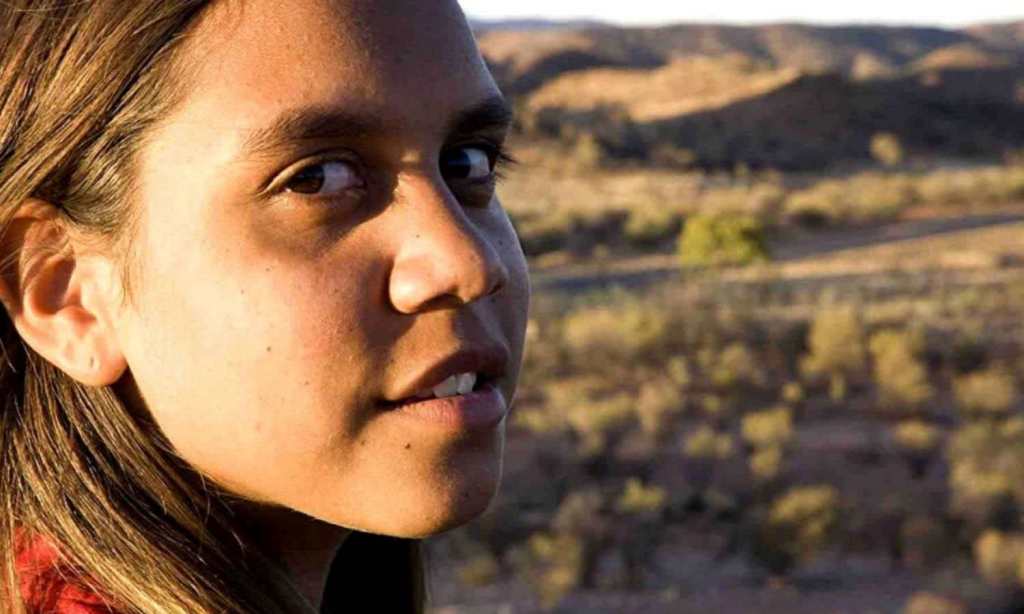It wasn’t until voting rights were granted to Indigenous Australians in 1962 that Indigenous cinema had the opportunity to beocome a vibrant presence in Australian filmmaking. As reported by Liz McNiven, a Barnba woman from the Budjiti nation of Paroo river country in north-west NSW and south-west Queensland, “in a relatively short space of time, Australian films have jumped from depicting Indigenous peoples through racist clichés to Indigenous creatives using film and television to document their cultures, promote social change and to entertain, thus entering the mainstream.”
Over the past 50 years, more and more films featuring an Indigenous cast, and told by Indigenous storytellers have highlighted complex Indigenous issues.
We posted a black square to Instagram, but here’s the part where we start to do the work. Below, we’re highlighting some Indigenous films to watch now, and watch on repeat. Talk about these stories within your communities. Aside from supporting (and learning from) Indigenous film, there are other ways you can take steps to be an anti-racist ally, including making donations to Indigenous organisions, protesting, and self educating on issues of race. This is only the start. If there’s a film you think should be on this list, email us at editorial@thelatch.com.au.
Walkabout (1971)
Two city-bred siblings are stranded in the Australian Outback, where they learn to survive with the aid of an Aboriginal boy on his “walkabout”: a ritual separation from his tribe.
Storm Boy (1976)
Mike is a lonely Australian boy living in a coastal wilderness with his reclusive father. In search of friendship, he encounters an Aboriginal native and the two form a bond in the care of orphaned pelicans.
The Chant of Jimmie Blacksmith (1978)
Jimmie Blacksmith, the son of an Aboriginal mother and a white father, falls victim to much racist abuse after marrying a white woman, and goes on a killing spree and finds himself on the run in the aftermath.
Where the Green Ants Dream (1984)
A geologist employed by an Australian mining company finds himself disputing the rights of some Aborigines who believe their land to be sacred.
Radiance (1998)
With the death of their mother, two sisters (Nona and Cressy) return to their childhood home in Northern Australia where their third sister, Mae, lived looking after their mother. The funeral happens and the three find themselves together in the house for the first time in years. With time to talk, drink and fight, past hurts are revealed and family secrets come out.
Rabbit-Proof Fence (2002)
In 1931, three half-white, half-Aboriginal girls escape after being plucked from their houses to be trained as domestic staff and set off on a journey across the Outback.
Ten Canoes (2006)
In Australia’s Northern Territory, a man tells us a story of his people and his land. It’s about an older man, Minygululu, who has three wives and realizes that his younger brother Dayindi may try to steal away the youngest wife.
Samson and Delilah (2009)
A boy and his girlfriend escape the government-controlled Aboriginal community they live in and go to Alice Springs, looking for a better life.
The Sapphires (2012)
It’s 1968, and four young, talented Australian Aboriginal girls learn about love, friendship and war when their all-girl group The Sapphires entertain the US troops in Vietnam.
Top End Wedding (2019)
Lauren and Ned are engaged, they are in love, and they have just ten days to find Lauren’s mother who has gone AWOL somewhere in the remote far north of Australia. They must reunite her parents and pull off their dream wedding.







